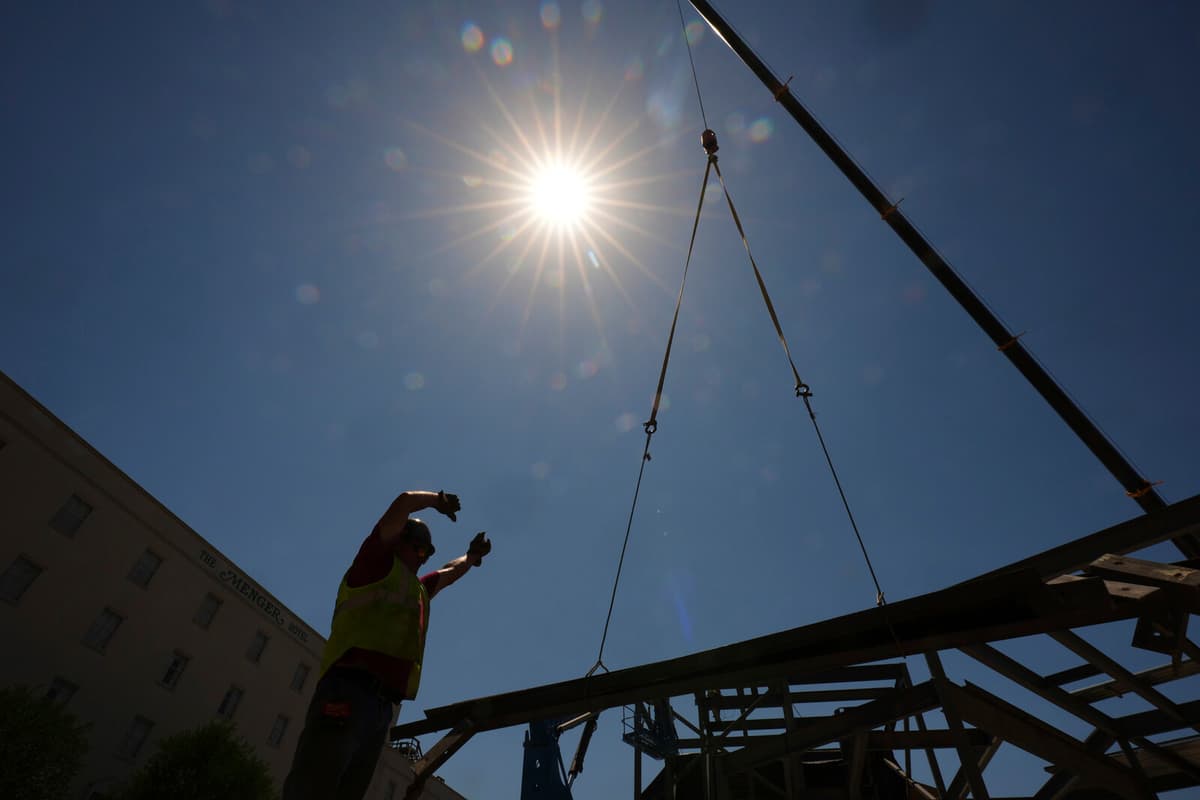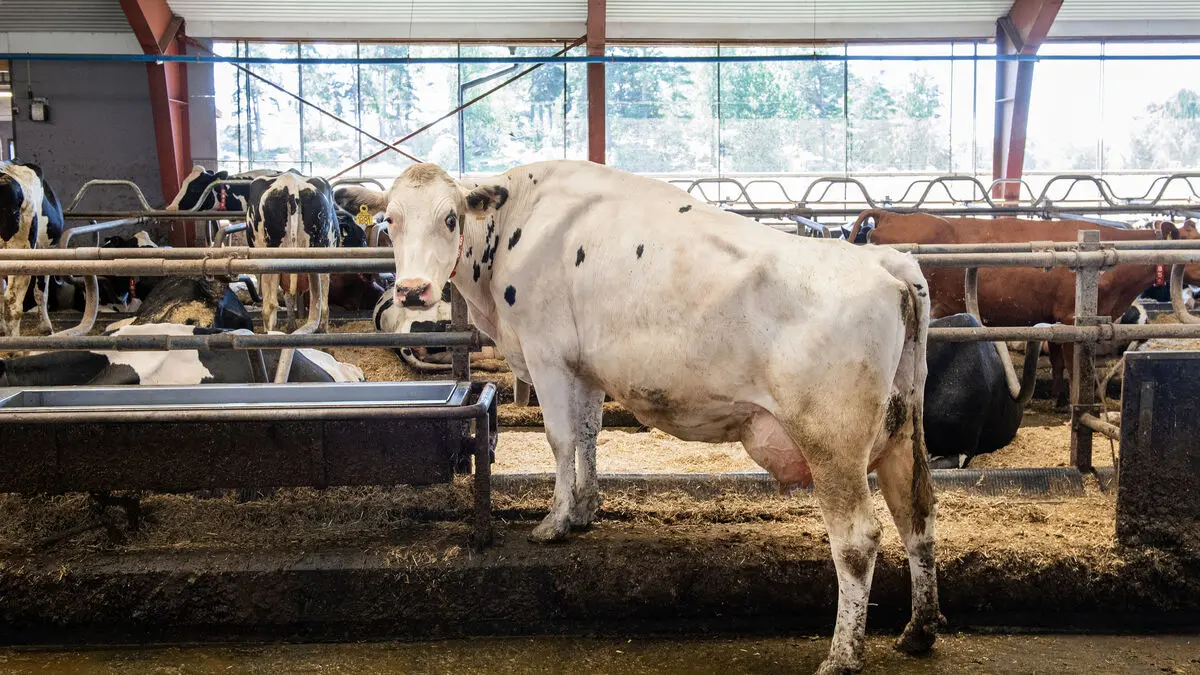Those who work outdoors in the construction and agricultural industries are pointed out in the report as particularly vulnerable. What was previously a problem mainly at the equator is now a reality even in Europe when the temperature rises above 40 degrees. Even in Sweden, we reach temperatures where it becomes dangerous to work.
Kim Söderström, chairman of the trade union Byggnads, tells us that in the latest round of collective bargaining, they have pushed through that there should be air conditioning in the crane cabs.
It was something we had to fight for. A crane cab becomes like a greenhouse, 40-50 meters up in the air without any possibility of shade. It can get 50 degrees hot.
"A health risk"
Even though the WHO has previously warned several times about the health risks of extreme heat, the report released recently is the first since 1969 to focus on heat and work.
It's not just that it's uncomfortable. It's a health risk. If you work in the heat and your body temperature rises above 38 degrees for a longer period, you risk being affected by serious heat-related stress, stroke, kidney failure, and dehydration, says Rüdiger Krech, WHO's head of environment, climate and health, in a comment to BBC.
It's not just the risk of serious illnesses that increases with heat, but also the risk of accidents. According to reports from the International Labor Organization ILO, 2.4 billion workers are exposed to extreme heat every year, resulting in 22.85 million workplace accidents. According to the Swiss insurance company Suva, accidents increased by seven percent when the temperature rose above 30 degrees during the heat wave in 2023.
A risk factor
Kim Söderström also sees a number of risks associated with working in strong heat.
The risk of accidents increases significantly. You can get dehydration, you can get heat stroke, you lose concentration and get tired. You can fall, you can fall off a roof, you can drop materials or tools on people below you.
He emphasizes that the employer is responsible for the work environment, and that heat should be assessed as a risk factor among others.
Unfortunately, we also have a divided labor market. There is a workforce that does not dare to say no. If you risk a simple trip home and blacklisting - then maybe you don't say anything and just keep going, and that's horrible.
The extreme heat waves have become both more frequent and more intense, which entails increased health risks for both outdoor and indoor workers.
Workers' productivity decreases by two to three percent for every degree the temperature rises above 20 degrees.
The health risks include heat stroke, dehydration, impaired kidney function, and neurological disorders, all of which affect health in the long term and ultimately also economic security.
Source: The report Climate change and workplace heat stress





